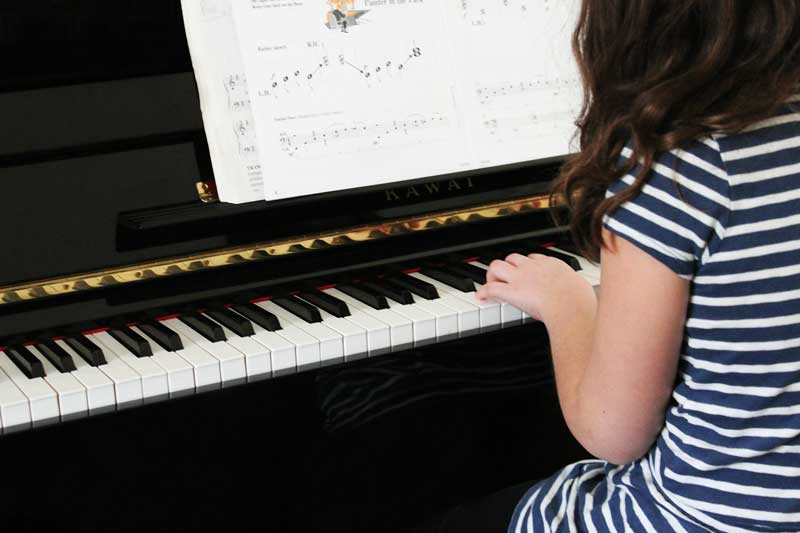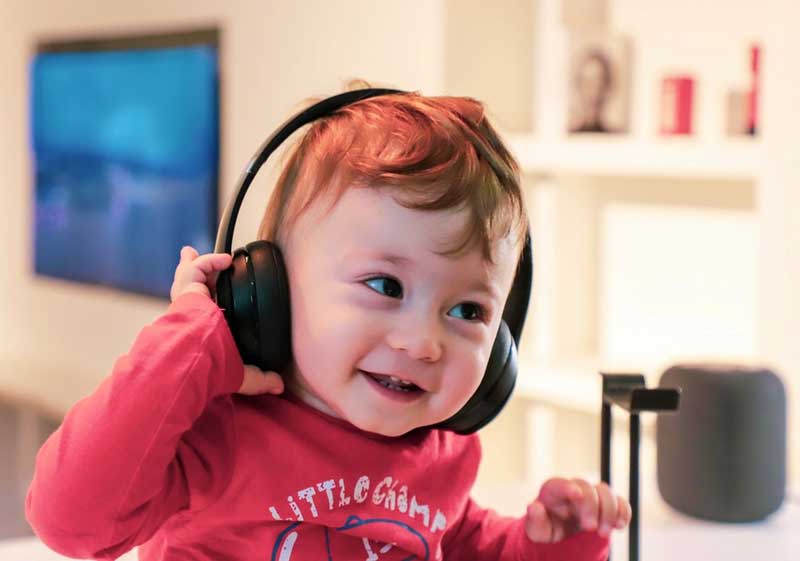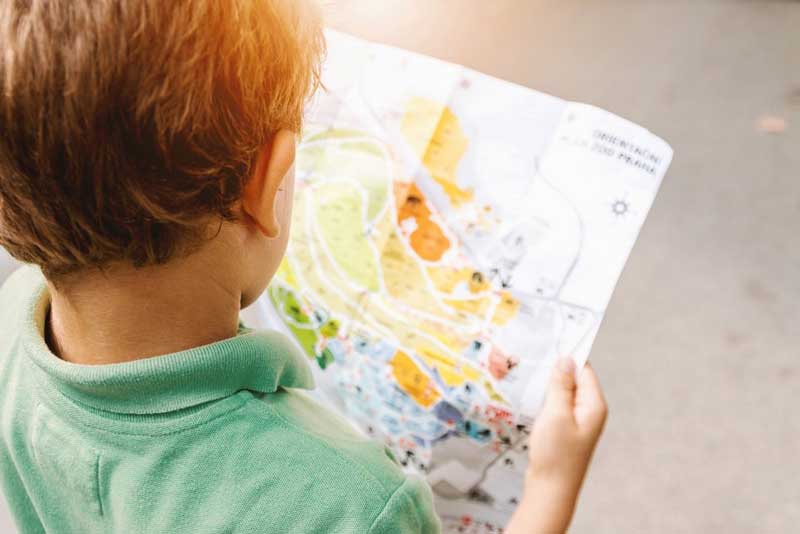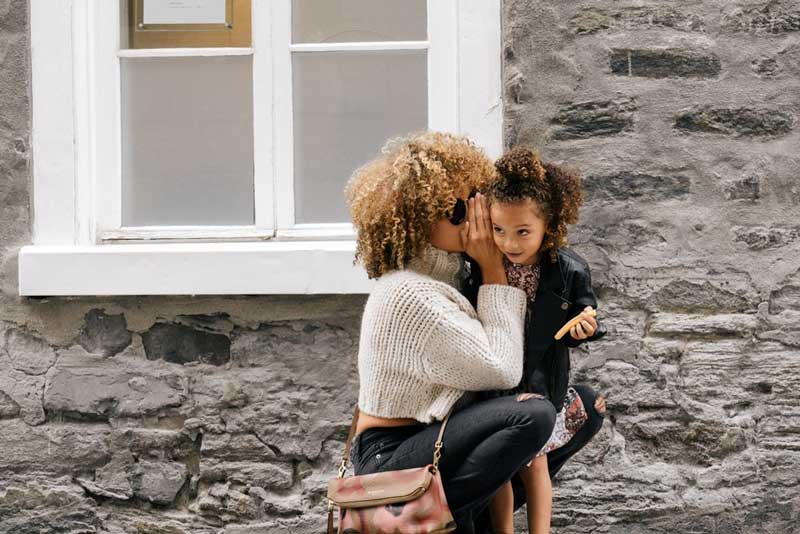The arts can be a valuable tool to support the education and emotional development of children with learning disabilities. Engaging in creative arts helps kids with special needs cope with their behavioral issues. Art also helps with coordination, motor skills, and socialization. From painting and drawing to drama and music, there are plenty of different avenues you can take to get children involved in the arts.

Head to a Local Museum
Museum visits are a great way to spark children's artistic interests. It helps them see art from a different perspective and inspires them to bring their own creative ideas to life. But for children with special needs, museums can be overwhelming and uncomfortable. Planning ahead will ensure that your child's museum experience is a positive one. Familiarize yourself with the layout of the museum ahead of time and make sure you know where you can go when your kids need a break. Talk to the staff at your local museum and ask them about any specific programming available for kids with learning disabilities, like those outlined by Think Inclusive. While you're exploring, encourage your child to ask questions about the art they see and try to create a story about it.
Let Them Pick Out a Musical Instrument
Making music is rewarding and comes with many cognitive benefits for children. If your child is interested in learning an instrument, take them to a music store and let them try out a few until they find one that they enjoy. Some instruments may be better than others, depending on your child's specific disability. If you're looking for music lessons, find a teacher who has experience teaching kids with learning disabilities. Some children may not be able to learn how to read sheet music but can still excel at playing an instrument by ear.

Practice Observational Drawing Outside
Observational drawing is taking what you see and trying to draw it. For kids, this has the benefit of helping them learn about proportion, depth, textures, and details. In this way, they'll discover how to use lines and shading to create contours. This focus on drawing objects will teach them valuable observational skills and get them thinking about how to recreate 3D objects on a 2D surface. Take your kids outside, either in your yard or to a park, and let them explore different objects with their hands, such as tree bark, pine cones, plants, and rocks. Then, have them try to draw what they experienced.

Have Fun with Textile Arts
Art doesn't have to be solely paper-based. According to KinderArt, textiles and fabrics are an excellent medium for kids to use for creation. Kids can dye fabric in fun colors, glue fabric pieces onto a cloth backdrop, or use yarn to create fuzzy pictures. You can help your child develop a hobby by encouraging them to sew a quilt. Quilting allows them to pick out colors and cut out shapes. Talk to your child about that the shapes might symbolize and what kind of story they want to tell with the quilt.
Help Your Kids Put on a Play
Performing plays is an excellent way to help children learn about historical events or literary figures. This can allow children with learning disabilities make a connection with what they are learning and help them better remember academic subject matter. Additionally, being part of a performance is a great way for kids to socialize, build self-confidence, and learn new vocabulary. Find out if your children's school or your community center has any information about children's upcoming plays that your kid can get involved in.
Children with learning disabilities may struggle with certain academic requirements, but they often excel in other areas. Introducing your child to the arts will allow them to develop new skills that they can be proud of. If they don't like drawing, try music lessons or help them try out for a play. Or, maybe they prefer just painting pictures in your kitchen. Whatever means of creation they choose, they're bound to enjoy the freedom and expression that it allows.

About the Author
Ashley Taylor is a disabled mother of two wonderful, amazing, energetic children. She met her husband, Tom, while doing physical therapy. Tom had suffered a spinal cord injury due to a car accident and uses a wheelchair for mobility. Ashley and Tom knew they wanted children and knew they would have to adapt their lives and home in order to make this dream come true. Ashley is happy to say that they are the proud parents of two healthy, wonderful children and their disabilities haven't stopped them from leading a happy, fulfilling life.
Most of the stories here on Live Quickie were submitted by readers. Do you have a story to tell? We'd love to hear it. Submit your story here.